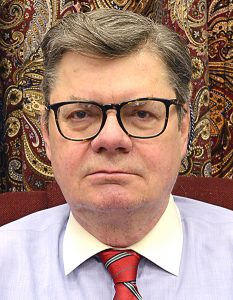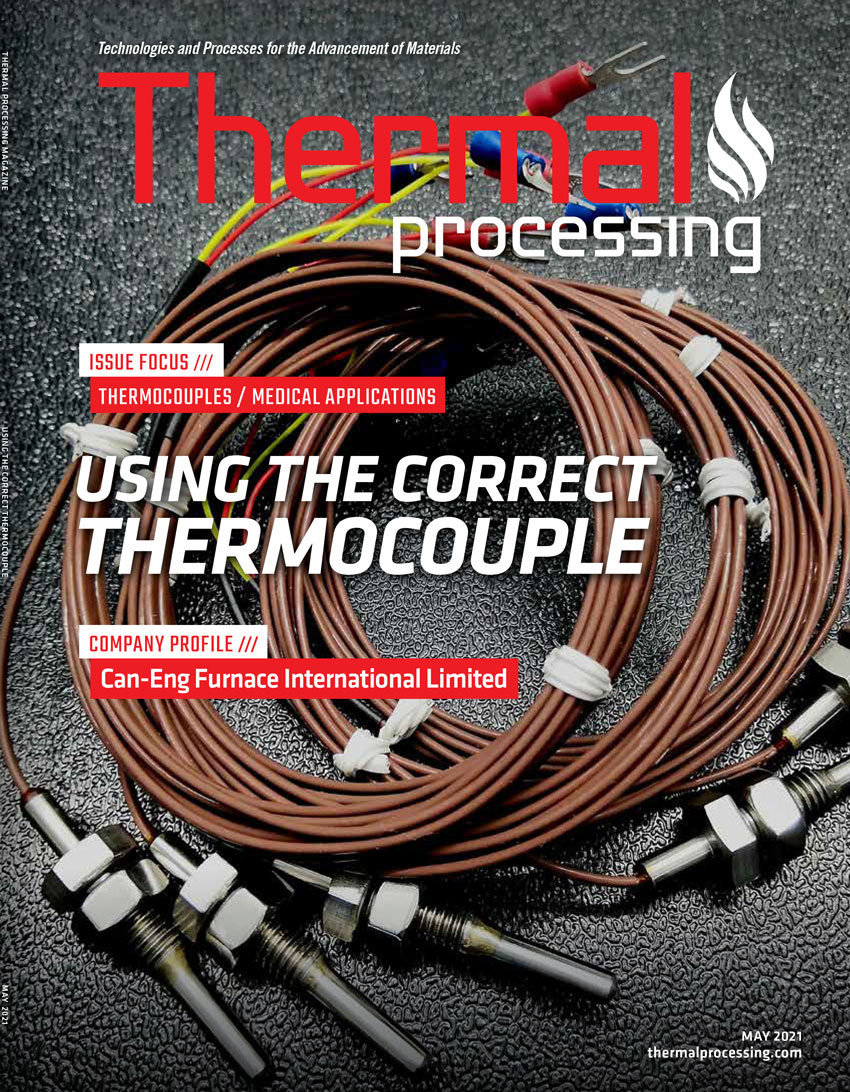
Tell our readers a little bit about Thermalogic.
At Thermalogic, we’re celebrating our 50th year in business this year. We were founded in 1971 in Waltham, Massachusetts, and we’ve moved to our current 25,000-square-foot facility in Hudson, Massachusetts, in 1997. We specialize in the design, engineering, and manufacture of temperature controls and temperature sensors. And we cater to the OEM and volume user market. We build everything to the exact specifications of our customer, which gives them the flexibility to getting exactly what they need. We’re not an off-the-shelf operation. We’ll pretty much build anything to any specifications, and it’s quite simple the way our customers work with us. They tell us what they need, and we’re designing something for them — whether being custom designed from the ground up or using a combination of our library of proven technology. We’re highly engineering oriented, but mainly a manufacturer.
You offer touch screen controls for OEMs. Tell us a little bit about them.
We manufacture what we call our Digitherm series, which is indicating controllers. This month (May), we’re going to be launching our new website where we’ll start advertising and marketing our Internet of Things and our new touchscreen control line. Before we started launching this to the general population, we did some field testing with our existing customers who had dealt with us for years.
What makes your touch screen controls different from others on the market?
What makes us different is not so much the control or the actual medium of the touchscreen, but it’s the fact that we can build it, and we can do all the code and make the displays on all the graphics to the exact way our customers want them. When they take it out of the box, it does exactly what they need.
What are some of the options that you offer?
We offer two displays. There’s a 4.3-inch, which is the smaller display, and we offer a 7-inch display, which is more for when you need more indication of different functions on the controller. Most of the function is on the control board, so we can either make them with the control board attached to the back of the display where it’s a complete panel mounting or another popular configuration is having a remote motherboard with a cable that comes up to it. And as far as the options, most of the apps would be back on the control board. We can give you any AC/DC power supplies. We can take any type of inputs — RTDs, thermocouples, thermistors, binary pressure, transmitters, anything your application requires as far as outputs. We offer relays, ON-OFF, PID, SCR power drives. We
also offer a lot of interface options like RS-232, Ethernet, WiFi, Bluetooth. So, there’s quite a plethora of options that are available.
What other products do you manufacture for use in conjunction with those touch screen controls?
We manufacture temperature sensor assemblies built to order. We offer RTD, thermistor, and thermocouple options. Customers can specify tubing, wire lengths, and connectors. Additionally, we make voltage and current transmitters to use where it is not possible to connect a remote sensor to the control board.
What are some of the industries that you serve?
We’re very broad based. In addition to heat treating, we do a lot of work in packaging equipment. We do a lot of work in medical diagnostics equipment. We deal in industrial and military and rail car HVAC control. We tend to deal in the industries that need critical, critical control. We tend to cater to the mid-volume range of companies that want something that’s top notch. They come to Thermalogic for quality.
How do you work with customers to make a touch screen control that’s built to the exact needs of their equipment?
It’s a pretty simple process. Customers contact our sales engineering department either via phone or email where we determine the aspects of their application. And then we’ll come up with a few questions: How many zones are you looking for? What sort of a temperature range are you needing? What sort of loads are you driving? What are you trying to accomplish from an application’s perspective? So, once the application engineer has a good understanding, we will generate a specification sheet and a detailed quote where we specify everything the control is going to do in terms of voltages, power, supply inputs, outputs. When the customer’s team comes to an agreement, the customer signs off on that, then it goes into engineering where our electrical and mechanical engineers will start the actual design of the product.
The next step is shipping a prototype that our customers test in their systems in house. We go back and forth looking for any potential changes or oversights. In some cases, our customers may order a small handful and do a field test. Our process is a long burn. It’s not like we will talk to a customer on Monday and ship a product on Friday. And it doesn’t stop there. We continue to support them — letting them know when orders are getting low, advising of the lead times to get the next order in, working with them on any problems in the controls or problems in the system. We’re in it for the long haul. It’s ultimately a simple process of how we operate: We just listen to our customers.
MORE INFO www.thermalogic.com




























